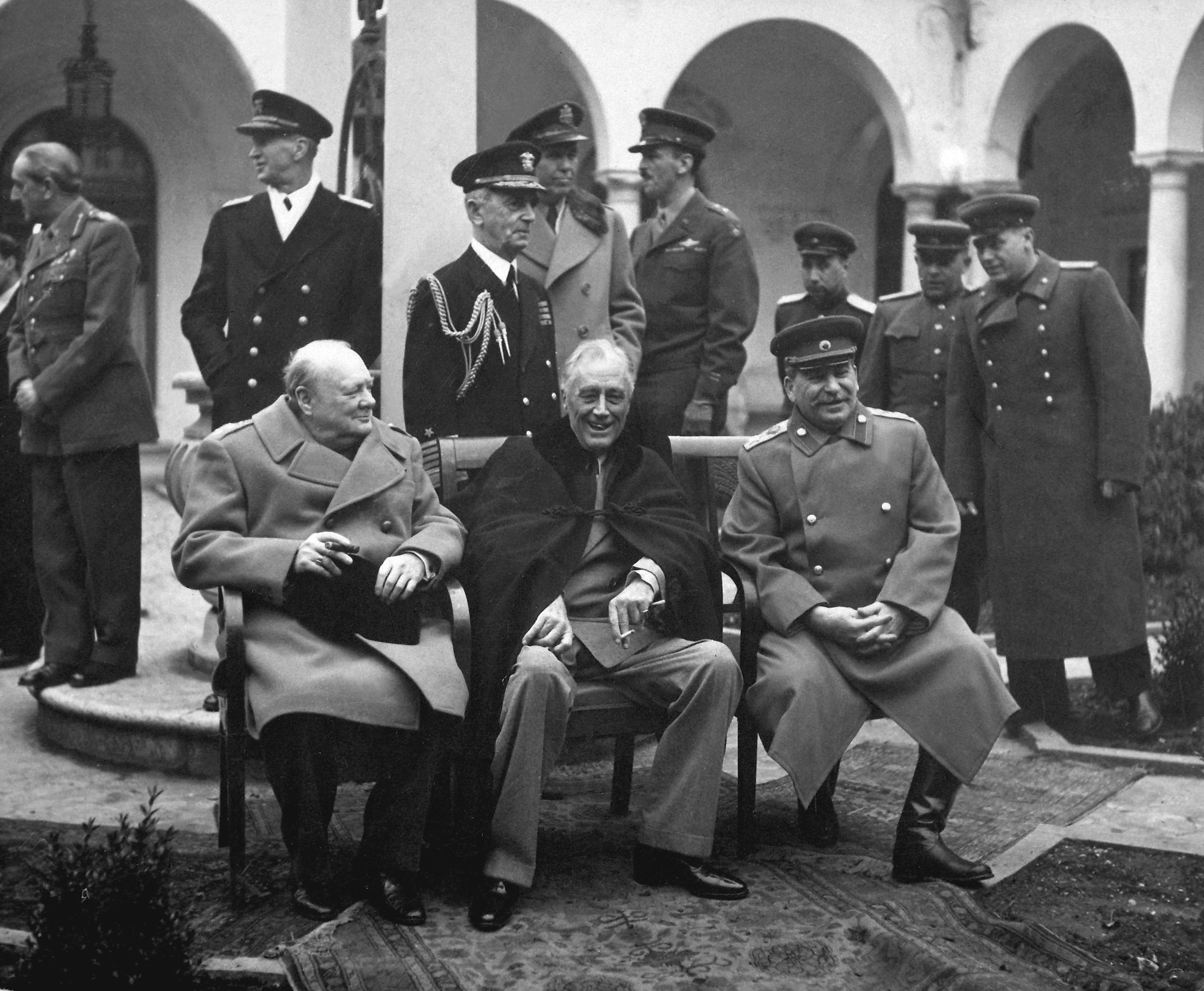
The Cold War: The Culmination of US-Soviet Tension
The Cold War was a 45-year period of geopolitical tensions between the United States and the Soviet Union (USSR). While no direct conflict occurred, hence the war being "cold," the two countries participated in a nuclear arms race, espionage, and proxy wars. This divided the world between the First World (American allies), the Second World (Soviet allies), and the Third World (the non-aligned), meaning that no country was able to entirely escape the impact of these tensions. The Cold War's ramifications are still felt today, with former Soviet satellite states continuing to face economic difficulties. Moreover, escalating threats from Russia demonstrate that nuclear weapons still pose a significant danger. Due to all these considerations, understanding the Cold War in its totality is worthwhile.
The Beginning
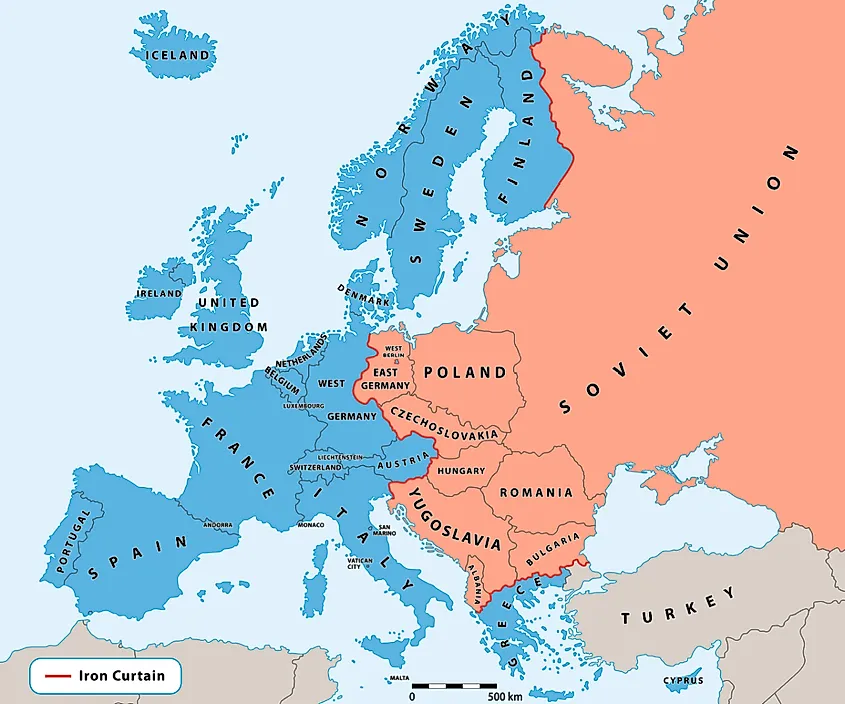
During the Second World War, despite the alliance with the West against Nazi Germany, Soviet leader Joseph Stalin feared a possible betrayal. One reason for this fear was that the Americans had developed nuclear weapons in secret. Therefore, to prevent a Western invasion of the USSR, Soviet troops occupied Eastern Europe as they beat back the German army, thereby creating a significant buffer zone. When combined with reports of Soviet spies in Western countries, there were tensions between the Allies before World War II even ended.
On April 12th, 1945, American president Franklin D. Roosevelt (FDR) died. The new President, Harry Truman, viewed the spread of communism as an existential threat to American geopolitical interests. Thus, almost immediately following World War II, Truman developed a policy of containment, pledging to support countries the Americans thought were being threatened by communism. When combined with Winston Churchill's 1946 declaration that an "Iron Curtain" had descended across Europe, the Cold War officially began.
Berlin Blockade
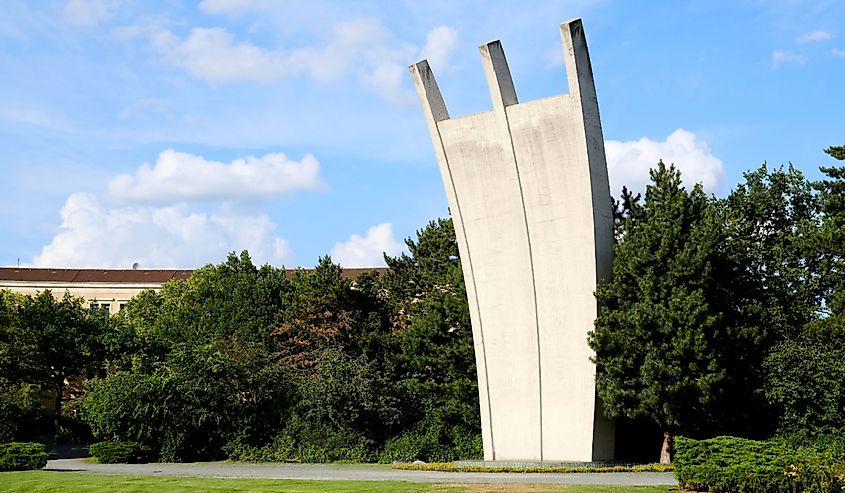
Following World War II, Germany was divided between the Soviets, Americans, French and British. However, since the capital, Berlin, lay in Soviet-controlled territory, it was also divided between the four.
The first major Cold War crisis was the 1948 to 1949 Berlin Blockade. In an attempt to bring Berlin under Soviet influence, Stalin cut off all road, rail, and canal access. In response, the Western allies organized the Berlin Airlift to ensure that the city received the necessary supplies. Despite the airlift's danger, it managed to supply Berlin for almost a year. Indeed, after over 250,000 flights by American and British air forces, the Soviets lifted the blockade on May 12th, 1949.
While not the only reason for the North Atlantic Treaty Organization (NATO), the Berlin Blockade provided another justification for Western countries to form such an alliance. Moreover, NATO then prompted the creation of the Warsaw Pact, a similar defense treaty among Soviet allies. Therefore, apart from being the first major crisis of the Cold War, the Berlin Blockade also contributed to the further polarization of the geopolitical order.
The Cuban Missile Crisis
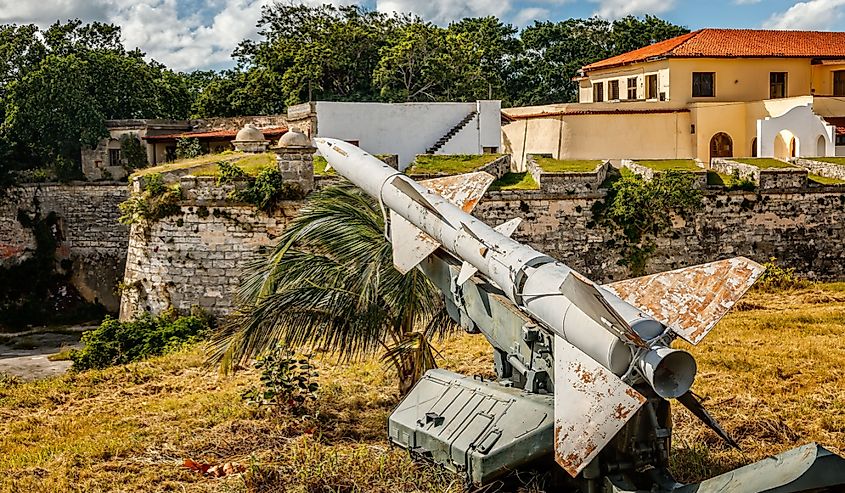
The Cuban Missile Crisis in October 1962 was arguably the height of the Cold War. While the United States and USSR both had nuclear weapons, the Americans developing them in 1945, and the Soviets in 1949, the US still possessed a strategic advantage. With allies in Western Europe and Asia, America could station its nuclear missiles close to the Soviet Union. The USSR, with allies mostly in Eastern Europe and Asia, had no such ability. However, this changed in 1959 when Cuba, a small island nation about 90 miles from Florida, turned communist. After finding out about Soviet efforts to station nuclear missiles on the island, American President John F. Kennedy (JFK) ordered a blockade. Despite both sides threatening nuclear war, the crisis was ultimately resolved when the Soviets agreed to take their missiles out of Cuba, followed by the Americans removing their missiles from Turkey.
The Vietnam War
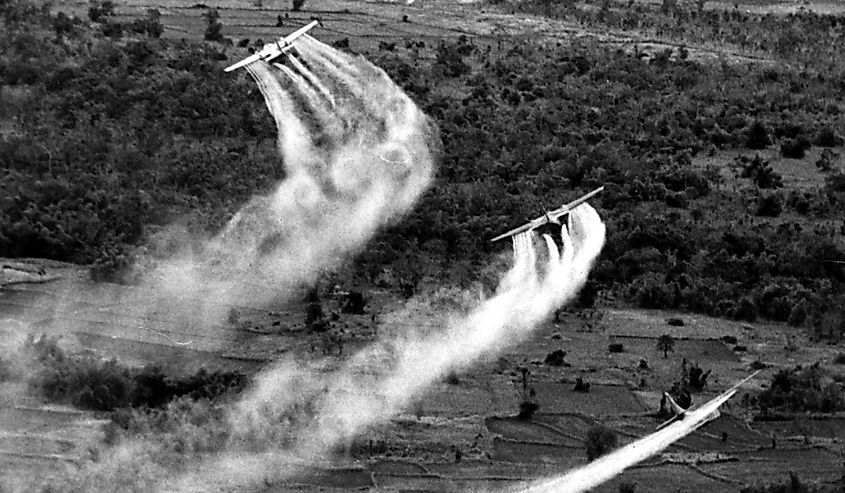
While there were other important proxy conflicts, the most consequential one for the United States was the Vietnam War. From 1946-1954, the Vietnamese fought for independence against French colonial rule. The conflict ended with a Soviet-backed northern communist state and a Western-backed southern capitalist state. Fearing the spread of communism into the south, President Lyndon B. Johnson (LBJ) then deployed troops to Vietnam in 1964 after a supposed North Vietnamese attack on an American ship. This marked the beginning of a full-scale war that would last for over a decade, killing over 3 million people, and ending in American defeat in April 1975. Furthermore, the reputation of the United States suffered greatly, with widespread accusations of war crimes and other atrocities committed by American soldiers.
The 1980s: A New Cold War
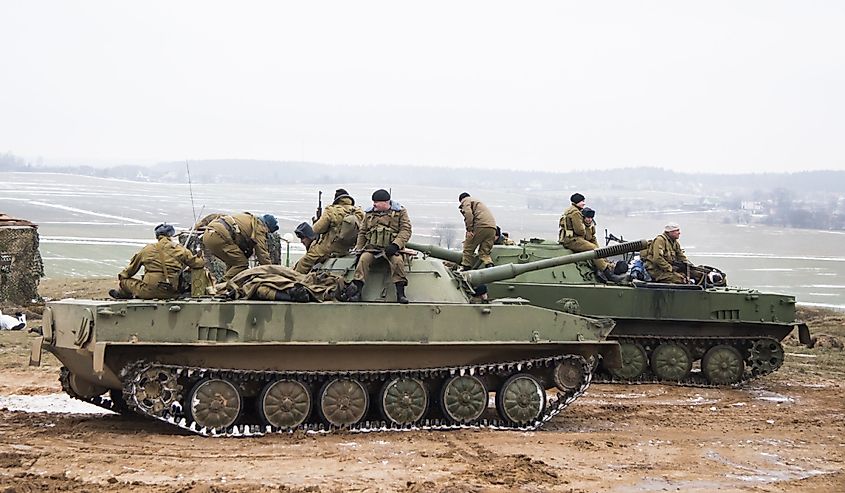
Following a period of détente (thawing) in the 1970s, the 1980s saw the reignition of Cold War-based tensions. This happened for several reasons. First, in 1978, a communist revolution occurred in Afghanistan, prompting a counterinsurgency by much of the country's largely conservative and ultra-religious population. Fearing similar uprisings in the USSR's majority Muslim Central Asian Republics, the Soviet Union invaded Afghanistan in December 1979 to quell the unrest. Known as the "Soviet Union's Vietnam War," the subsequent conflict was a decade-long affair that dramatically weakened the USSR. It was also another proxy war, with the Mujahideen (Islamic fighters) receiving aid from the United States.
Another reason for the rise in geopolitical temperatures was a change of leadership in key Western countries. In 1979, Margaret Thatcher became British Prime Minister, followed by Ronald Reagan becoming American president two years later. Both shared similar views concerning the Soviet Union, with Thatcher proclaiming that the Soviets were bent on "world domination" and Reagan labeling the country an "evil empire" while increasing the United States' nuclear arsenal. Moreover, Reagan also supported anti-communist movements in the Third World, notably in Central American countries such as Nicaragua and El Salvador. This meant that in the 1980s, the Cold War was back in full force.
The End of the Cold War
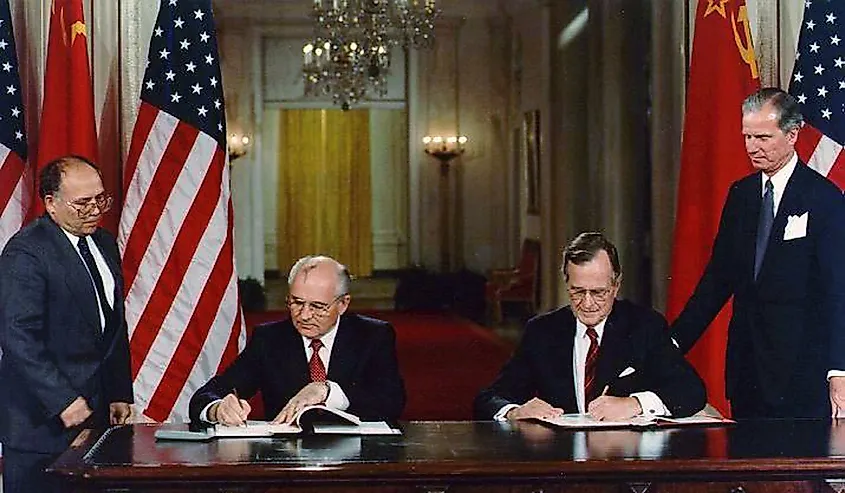
However, by the mid-1980s, the USSR was ailing. The war in Afghanistan was a disaster and the Soviet economy was stagnant and ineffective. In an attempt to fix the Soviet system, General Secretary Mikhail Gorbachev wanted to tone down the nuclear arms race and redirect that money elsewhere. Therefore, throughout the second half of the 1980s, a series of meetings took place between American and Soviet leaders focused on lessening each country's nuclear arsenal. These were so successful that following the Malta Summit in 1989, Gorbachev and President Bush declared the Cold War over.
Meanwhile, civil unrest was brewing in the Soviet Union and its satellite states. Protests due to, among other reasons, the 1986 Chornobyl Disaster, had transformed into full-on-revolutionary movements by 1989. Then, in October of that year, the Berlin Wall fell. Initially constructed to prevent East Berliners from fleeing to the West, it quickly became a symbol of the Iron Curtain. Thus, with its collapse came the erasure of divisions between East and West. Finally, on December 26th, 1991, the Soviet Union itself dissolved, marking the definitive end of US-Soviet tensions.
Aftermath and Conclusion
The impact of the Cold War is still felt today. Eastern Europe and Central Asia, while significantly better economically now than under Soviet rule, continue to face challenges in this regard. Moreover, despite the United States and Russia's nuclear arsenals being dramatically smaller, the threat of nuclear war persists. Indeed, since the Russian invasion of Ukraine in February 2022 and the increasing nuclear posturing by Vladimir Putin, this threat is arguably at its highest level since the 1980s. In short, having a solid understanding of the Cold War is important due to its continued relevance.











